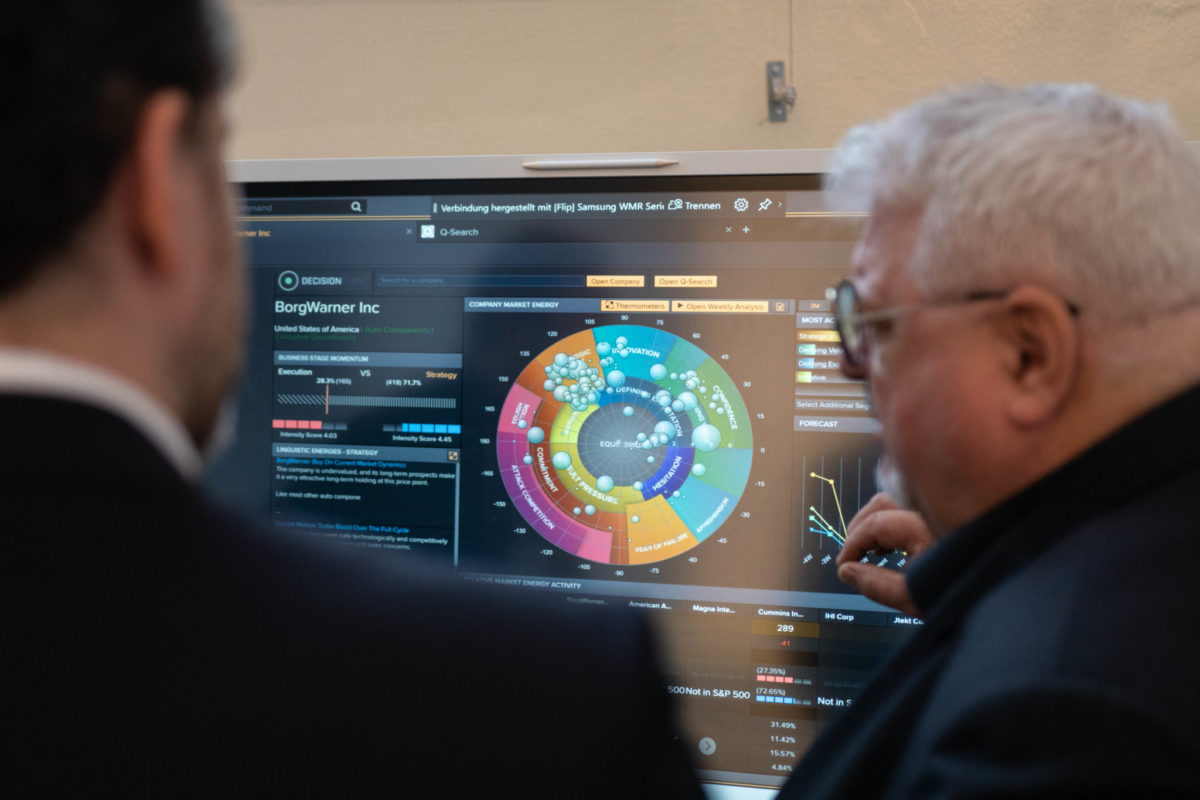
The Nano-Sized Revolution
01 _ About
Today, microchips are not only found in computers and smartphones, but also in household appliances such as refrigerators and dishwashers. Switching elements on these microchips, the transistors, already consume more than 10% of the world’s electricity. If the Internet were a country, it would be the world’s sixth-largest energy consumer. The technology reduces the electrical voltage needed to perform logic operations on a microchip by a factor of 100, a 10,000-fold energy saving.
A team of researchers led by Prof. Dr. Thomas Schimmel, physicist and expert in physics and nanotechnology at the Institute of Applied Physics of the Karlsruhe Institute of Technology (KIT), developed what is probably the world’s smallest transistor. This works with a technical approach that does not use semiconductors for current control. This enables a very low electrical voltage and extremely low power consumption.
Unlike conventional quantum electronic devices, the transistor operates at room temperature and is made entirely of metal, reducing dependence on raw materials and semiconductors. The smallest transistor switches current by the controlled displacement of a single atom. With this quantum electronic element, switching energies are possible that are a factor of 10,000 lower than those of conventional silicon technologies.

-
Company Formation
September 2022
-
Partner since
September 2022
-
Management
Prof. Dr. Thomas Schimmel, Dr. Heiner Pollert
-
Type of Enterprise
GmbH
-
Locations
Karlsruhe, Munich
-
Industry
Biotechnology, IT
-
More information
singleatomtechnologies.com
02 _ Highlights
WHAT SETS SINGLE ATOM TECHNOLOGIES APART
Disruptive Technology
Has the chance to revolutionize the entire data processing market.
Considerable Energy Saving
Compared to conventional silicon transistors by a factor of 10,000.
Operation at Room Temperature
Operates already at room temperature and without significant waste heat.
Safe and Simple
Safe and easy handling are ensured by the use of a gel electrolyte.
Easy to Manufacture
Can be made with common, abundant, inexpensive and non-toxic materials.
Expertise
Renowned team of KIT scientists has been researching the technology for more than 15 years.
Patent Protected
Patent protected and patent portfolio is continuously expanded.
Proof-of-Technology
Transistors under laboratory conditions are steadily becoming more energy efficient.


